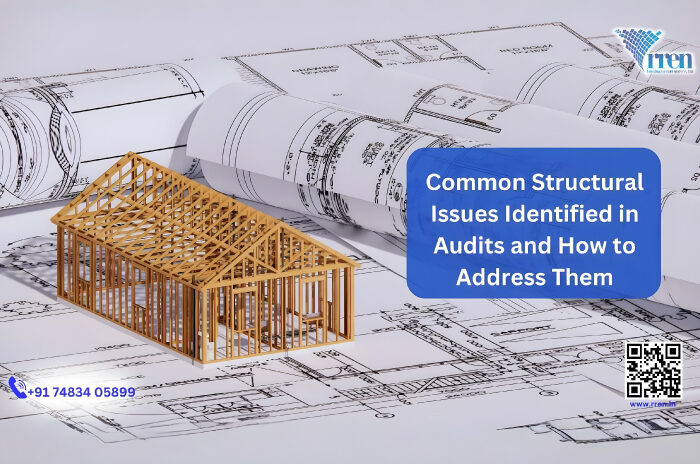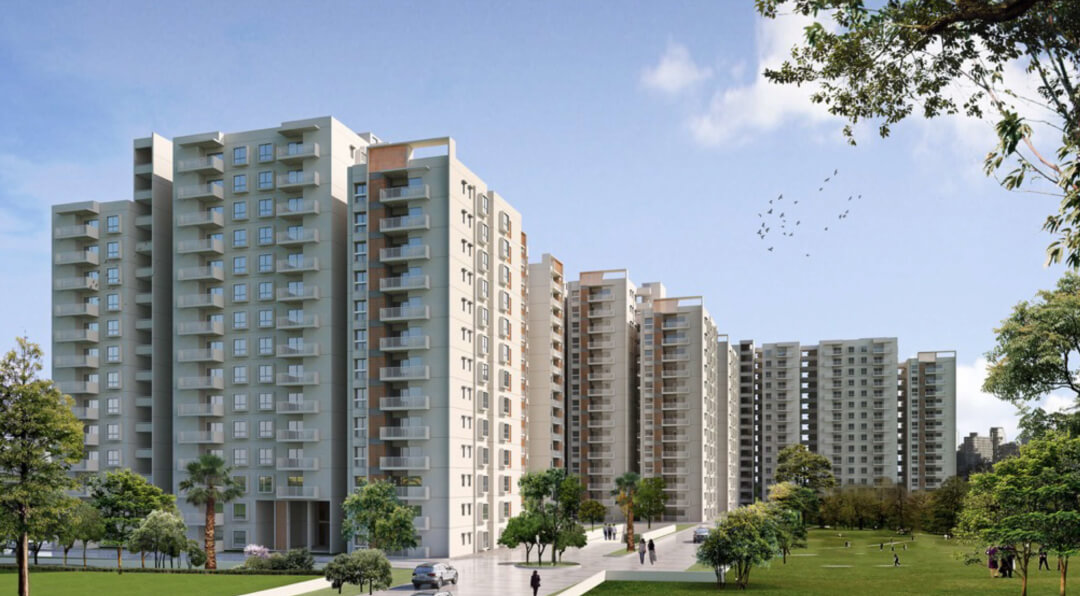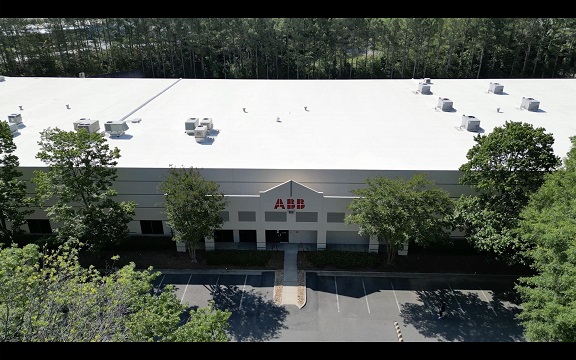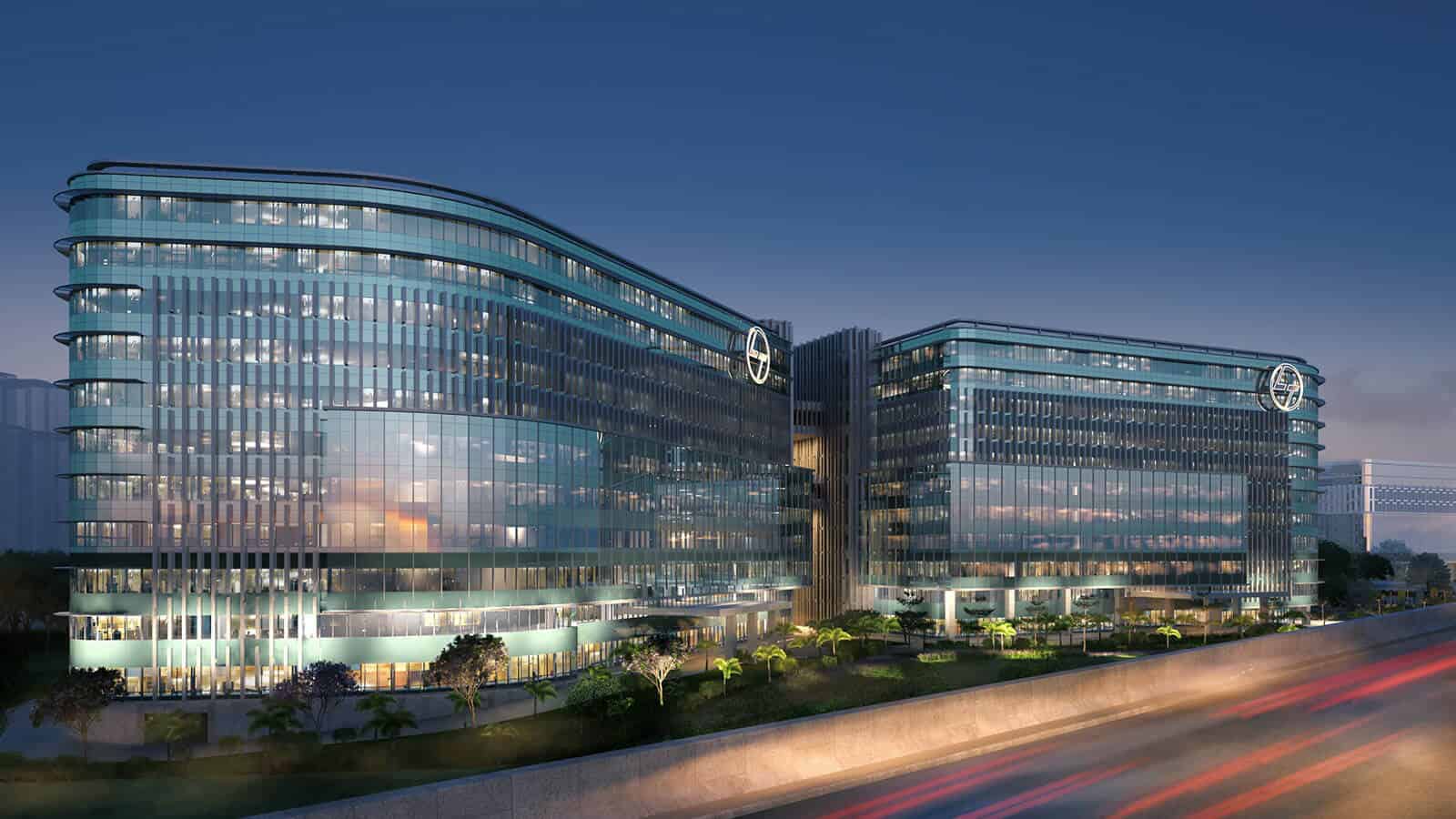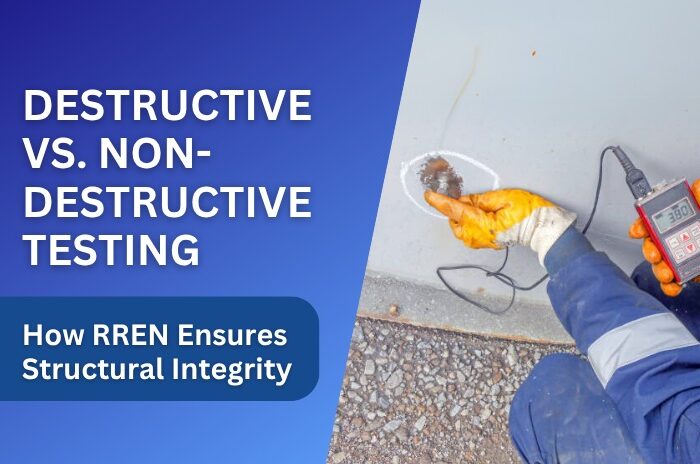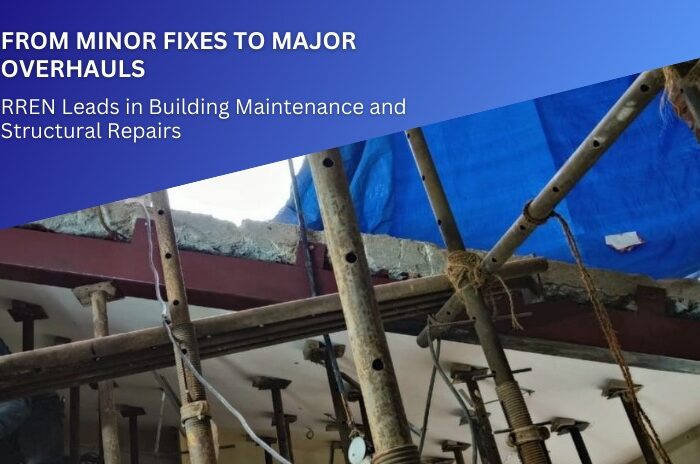Conducting regular structural audits is essential for maintaining the safety, longevity, and functionality of buildings and infrastructure. These audits help identify potential weaknesses and ensure that structures meet safety standards. However, recurring issues often arise during these inspections. Understanding these common problems and knowing how to address them can save time, reduce costs, and prevent future hazards. Below, we explore some of the most frequent structural issues identified in audits and provide recommended solutions.
1. Structural Cracks and Settling
Problem:
Cracks in the building are among the most common issues found during structural audits. These cracks can result from natural settling, soil movement, or poor construction practices. Over time, they can compromise the structural integrity of a building, leading to more severe problems.
Solution:
Minor cracks can be sealed with epoxy or polyurethane to prevent water infiltration and further deterioration. For more significant issues, structural crack repair can be done through complex chemicals and followed by CFRP Jacketting. Regular monitoring and maintenance are crucial to ensure long-term stability.
2. Water Infiltration and Moisture Damage
Problem:
Water infiltration is a frequent issue, particularly in older buildings or those with inadequate waterproofing. Moisture can seep into the structure, causing rot, mold, and weakening of the materials. This is often found in basements, walls, and roofs.
Solution:
Addressing water infiltration requires a thorough inspection of the building’s drainage systems, roofing, and waterproofing measures. Installing or repairing gutters, downspouts, and drainage systems can prevent water accumulation. Applying waterproof coatings or membranes to vulnerable areas and ensuring proper ventilation can mitigate moisture-related damage.
3. Corrosion of Steel Elements
Problem:
Steel elements, especially in industrial and coastal structures, are prone to corrosion. This can weaken the structure, leading to potential failures if not addressed promptly. Corrosion is often caused by exposure to moisture, salt, and other corrosive elements.
Solution:
The best way to address steel corrosion is through regular inspections and maintenance. Protective coatings such as galvanization or epoxy paint should be applied to steel elements. In cases of significant corrosion, it may be necessary to replace or reinforce the affected components. Using corrosion-resistant materials in high-risk areas can also be a proactive measure.
4. Concrete Deterioration
Problem:
Concrete is durable, but it is not immune to deterioration. Common issues include spalling, cracking, and surface scaling, often caused by freeze-thaw cycles, chemical exposure, or poor-quality materials. These issues can lead to a loss of strength and structural integrity.
Solution:
To address concrete deterioration, first, identify the root cause. For surface-level damage, patching or resurfacing may be sufficient. For deeper issues, more extensive repairs such as crack injection or concrete replacement might be necessary. Using high-quality materials and proper curing techniques during construction can prevent many of these problems.
5. Insufficient Load-Bearing Capacity
Problem:
During audits, it’s not uncommon to find that some structures do not meet the required load-bearing capacity, either due to design flaws, material degradation, or changes in use over time. This can pose significant safety risks, especially in areas with high occupancy or heavy equipment.
Solution:
Reinforcement is often the solution for insufficient load-bearing capacity. This can be done through methods like adding steel reinforcements, applying fiber-reinforced polymers (FRP), or even increasing the cross-sectional area of the structural elements. In some cases, redistributing loads or limiting usage might be necessary until proper reinforcement is completed.
6. Poor Seismic Design
Problem:
In regions prone to earthquakes, structures must be designed to withstand seismic forces. However, older buildings or those constructed without considering seismic activity may not meet current standards, posing a risk of collapse during an earthquake.
Solution:
Retrofitting is the key to addressing poor seismic design. This may involve adding shear walls, bracing systems, or base isolators to improve a building’s seismic resilience. Regular audits and updates to seismic designs are essential as building codes and technologies evolve.
7. Inadequate Fireproofing
Problem:
Fireproofing is critical for structural safety, but audits often reveal that fireproofing materials have deteriorated or are insufficient. This can compromise the building’s ability to withstand fire and protect occupants.
Solution:
Fireproofing should be restored or upgraded as needed. This can involve applying intumescing coatings, installing fire-resistant barriers, or improving fire detection and suppression systems. Ensuring compliance with fire safety codes and conducting regular fire drills can also enhance overall safety.
Conclusion
Structural audits are vital for identifying and addressing issues before they become major problems. By being aware of common structural issues like building cracks, water infiltration, and corrosion, property owners and managers can take proactive steps to ensure the safety and longevity of their buildings. Regular maintenance, proper material selection, and adherence to modern building codes are essential for preventing these issues and maintaining structural integrity.


